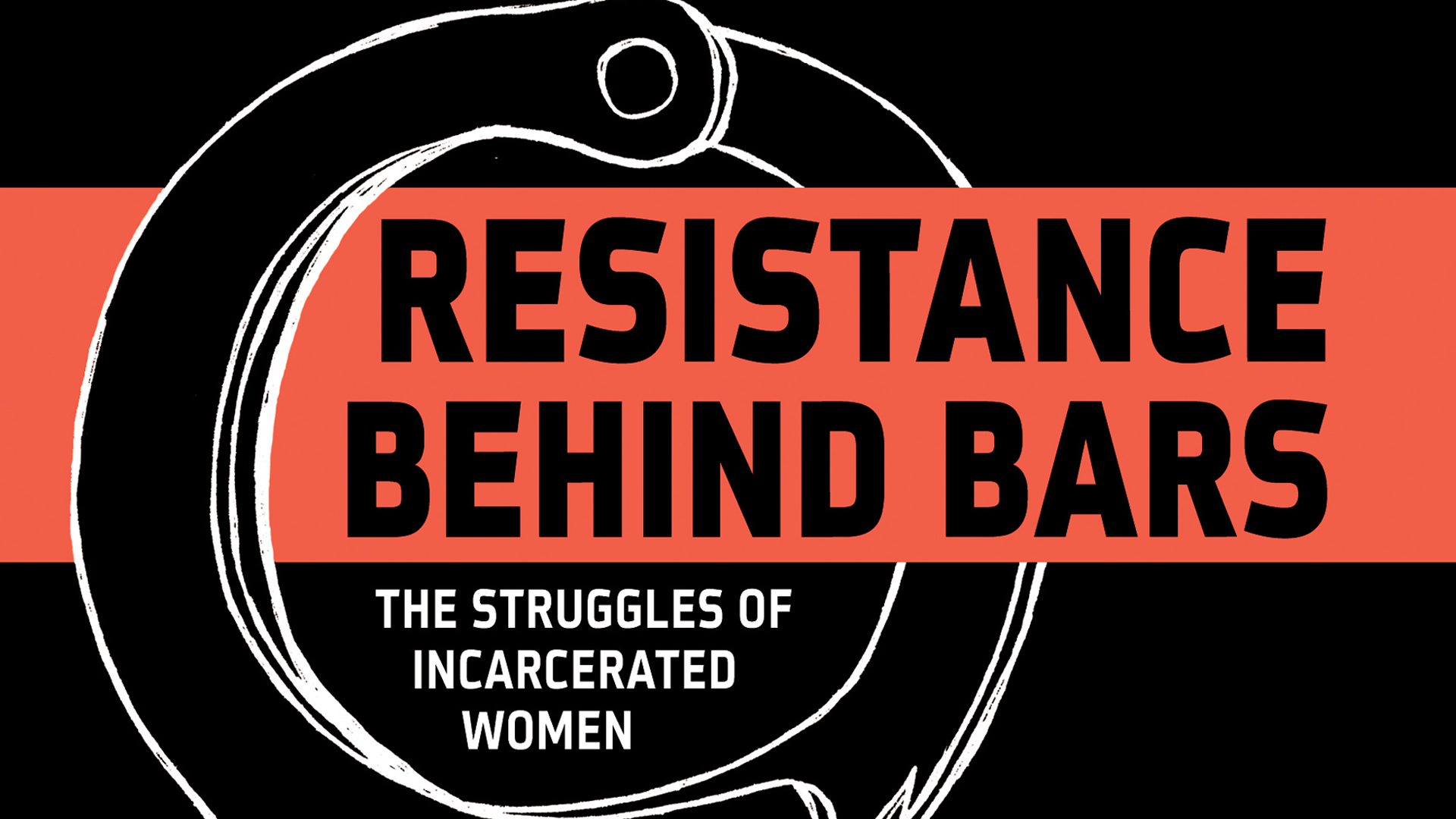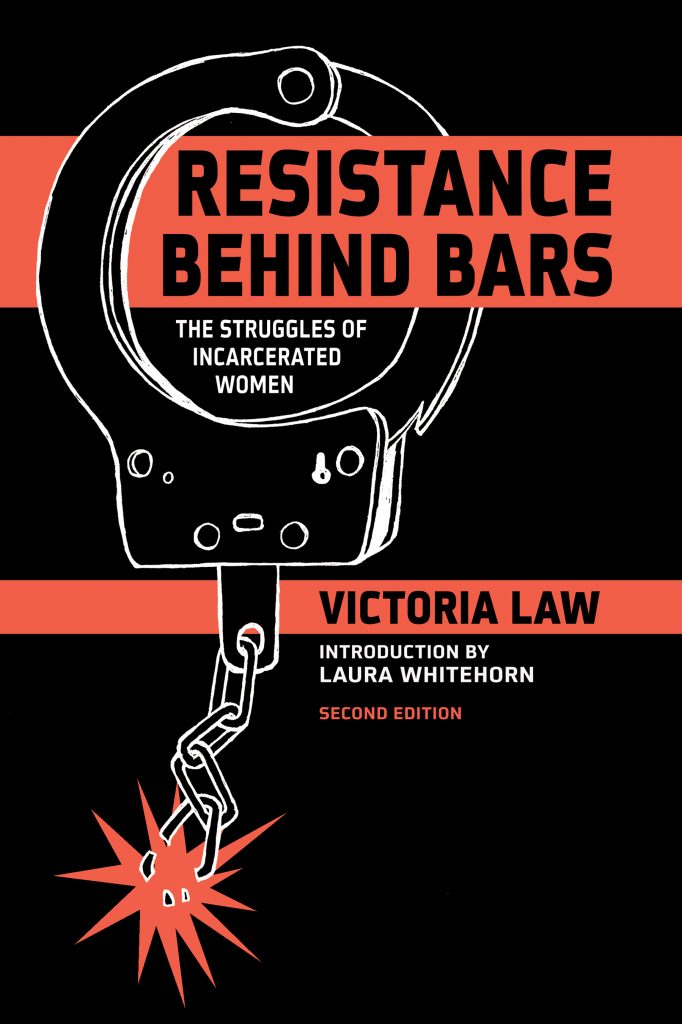By Alexis Pauline Gumbs
make/shift magazine
The less you think about your oppression, the more it grows. After a while, people just think oppression is the normal state of things.—Assata Shakur, quoted in Tenacious
prison
an obscure word
footnoted in dictionaries
scholars say
it was how the ancients wrote
“we are not yet ready”
on their wrists every morning
—Alexis Pauline Gumbs, “An Archeology of Freedom”
The statistics are scandalous. “Crime” is down, yet more and more people are locked in cages. Welfare has been dismantled, and—not at all coincidentally—the fastest-growing prison population is made up of women living in poverty who have committed nonviolent offenses. And the majority of the women living in women’s prisons are mothers. The majority of women living in women’s prisons are mothers, and the majority of prisoners, period, are parents.
What is the cost of a generation of children growing into steel around their hearts?
What is the cost of the giving up, the quieting down, marked on our screaming bodies with the blunt instrument of the state?
What is the ongoing cost of slavery when even our minds conform to the cruel structure of the shackle?
One logic of maternity would say that mothering is incompatible with prison. Indeed, as abolitionist author and activist Victoria Law points out in the chapter on mothers and children in Resistance Behind Bars, mothers in prison lose their right to parent through a number of state policies based on the presumption that women locked up in prison must be bad people and could neverbe good mothers. Law astutely connects the systematic separation of women in prison from their children to a longer tradition of punishing women for any behavior that challenges social norms, from sex work to writing a bad check to self-defense. Those women who have not learned to properly conform to the expectations of the state cannot be trusted to raise their children to be conformist pawns. Historian Rickie Solinger, curator of the Interrupted Lives exhibit, connects the collaboration of prison rules and foster-care strategies to keep children disconnected from their mothers to a broader project that characterizes motherhood as an economic privilege and justifies state action to take the children of poor mothers, single mothers, and mothers of color away from them.
One logic of maternity would say that prison and mothering are incompatible. And indeed the statistics suggest that prisoners lose the right to mother. Most mothers are locked up more than 100 miles away from their children. Most mothers were the sole guardians of their children before they were caged. Foster-care agencies tend to rush to make foster children with imprisoned mothers available for adoption. Practices of immediately separating mothers who enter prison pregnant from their babies, denying women in prison prenatal care, and shackling imprisoned mothers while they give birth, as well as searching and yelling at children who come to visit their mothers, make the struggles of mothers living inside U.S. prisons acute and traumatic for mothers and children.
Another logic of mothering would say that prison is incompatible with life itself. Yet another logic, articulated most clearly by Black feminist lesbian warrior mother Audre Lorde, would say that mothering is necessary for survival and that “we can learn to mother ourselves.” Mothering, therefore, is bigger than the relationships between biological mothers and their birth children. Mothering, in a queer sense, a cosmic sense, is the process of transforming the world, of making life possible. And it happens everywhere, even or especiallyin the brave actions of women mothering from inside prisons, spaces that are designed to make life impossible. For all of us.
The zines, book, and exhibit featured here point out both the consequences and the cruelty of depriving a generation of children of their literal mothers, and depriving ourselves as a society of the energy of mothering and transformation that gets locked down by the very logic of prison, policing, and surveillance in our society. It is important to note that the materials covered in this review speak explicitly and exclusively to the experiences of women incarcerated in women’s prisons and do not address the experiences of the many women living in men’s prisons. The experiences of transgender/gender-nonconforming prisoners have been neglected in general and were not ever mentioned in the book, zines, or exhibit under review.
Interrupted Lives,a multimedia exhibit curated by Rickie Solinger, vividly illustrates the barriers against mothering in prison. A series of nightmare paintings made by children whose mothers are in prison directly transmits the trauma of trying to navigate and make sense of a social system that they as children can clearly see is unfair. Images like a baby in a womb locked in chains, scary puppets, screaming faces, and three-dimensional structures made from chains and wood represent the struggle of these young artists to express the costs of their mothers’ imprisonment on their psyches. The centerpiece of the exhibit, a postcard project from mothers in prison depicting their own definitions of love, insists on an idea of love; the project includes advice to children that illuminates stark realities like “my credibility is shot with my children,” as well as collages and a crayon drawing of a human heart impaled by prison bars. Alongside the postcards are small black boxes with quotations from sources such as a bill of rights created by incarcerated parents. The message is that though the system of prison has discounted the authority and agency of mothers who are in prison, the mothers themselves refuse to consent to this.
Victoria Law’s body of work supports this sense that mothers in prison are not merely victims of an unjust, greedy prison system that violates their human rights, but are also organizers, activists, and artists using mothering as an energy that transforms their lives and their conditions. Law does not stop at “representing” the experiences of women in prison; unlike almost any other scholar/activist/ally, she highlights the organizing and action of women in prison on behalf of themselves and each other.
For six years, Law has been producing and distributing the zine Tenacious, featuring writing and art by women in prison. With Resistance Behind Bars, Law is determined to make her interventions accessible to possible activists and allies inside and outside prison by using clear language, providing resources, and carefully building the history and context with short, focused chapters on key issues identified by prisoners (such as sexual assault, health care, and mothers and children).
In both the zine and the book, by presenting the creative resistance of mothers in prison despite the gendered violence, deprivation of rights, and social invisibility they suffer, Law reminds us of the cost of caging mothers, our creative intellectuals, and depicts their tenacity in creating family, community, and transformative love anyway.
In issue 14 of Tenacious, released in honor of Mother’s Day 2008, Margaret Majos makes a call to other mothers in prison: “Mothers! Don’t allow prison’s stenchaffect you. Your love for your children can fill the emptiness of your heart!” Majos argues that an organizing ethic is what will allow mothers and mothering to survive the prison system: “Only standing up to the issues will bring inner healing . . . The system tries to kill our souls, yet we have the power to take it back.” “We Had No Choice,”by Lori Towle, which opens issue 15 of Tenacious, responds to this call with a poetic statement representing a clemency movement of mothers who insist that they should not be locked up for defending themselves and their children from abusers.
Law’s work allows women in prison to provide tangible advice to those of us who would like to be allies to the struggles of women organizing in prison. For example, Lisa “Lee” Savage explains:
I feel simply there needs to be MORE CONTACT with those prisoners organizing and resisting and trying to movement build. They (women in prison) need to know those people are out there willing to support our resistance.
Understanding that mothers in prison are vigilantly nurturing their own movement for justice and transformation is a key insight put forward by this recent creative and analytical work. Our contact with and support for organizing efforts by women in prison is key not only to their achievement of basic human rights, but also to the creation of a society that affirms the possibilities of love and life instead of accepting the confines of a system dependent on policing our bodies and spirits through an economy of punishment. Get ready.
Resistance Behind Bars: The Struggles of Incarcerated Women by Victoria Law
(PM Press, February 2009)
Tenacious: Art and Writing from Women in Prison, edited by Victoria Law
(Self-published)
Interrupted Life: Incarcerated Mothers in the United States: A Traveling Public Art Exhibition, curated by Rickie Solinger
(Emory University, Robert W. Woodruff Library, January 15 to March 12, 2009)







